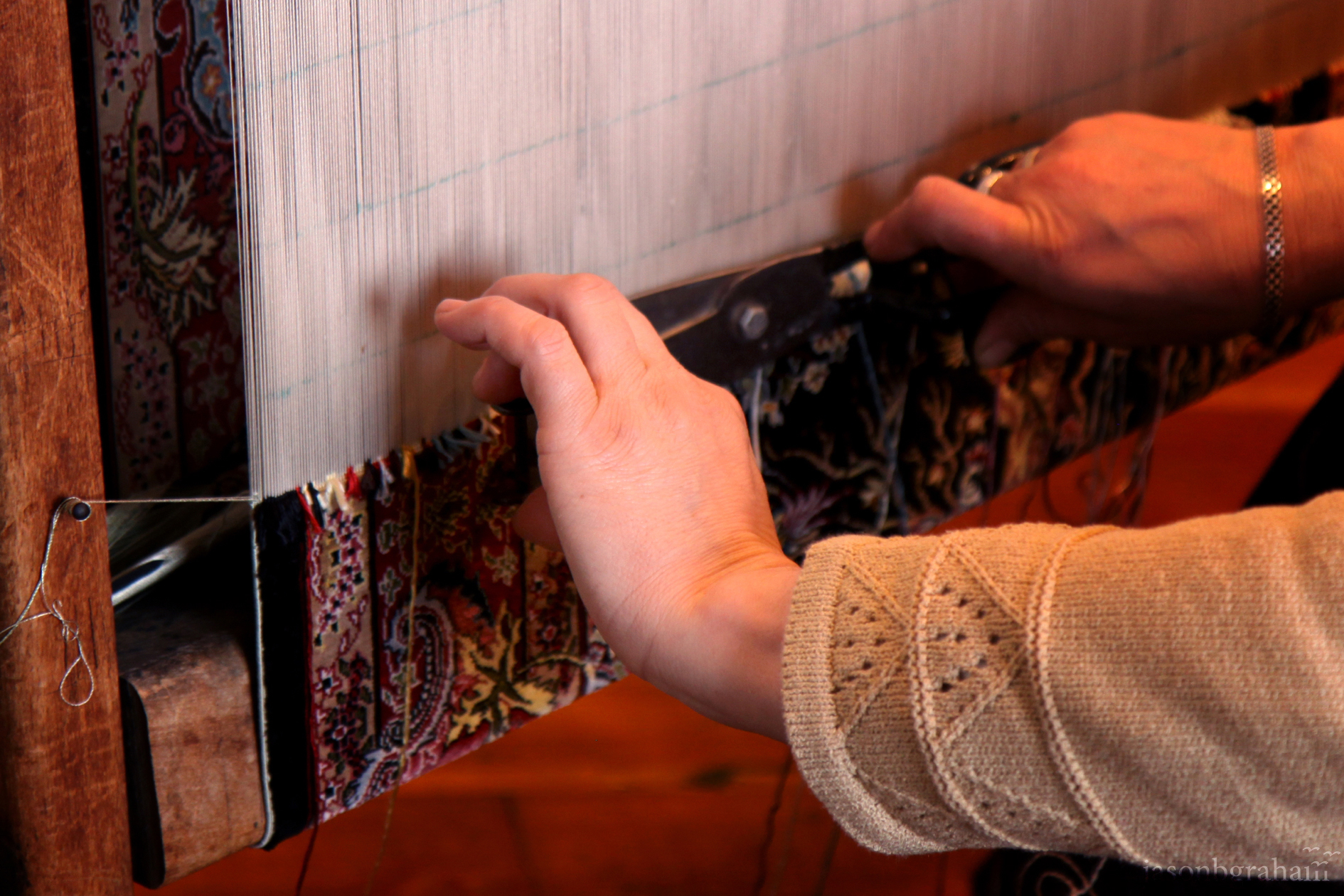Turkish Carpet Weaving
Carpet weaving and the art of creating textiles is embedded in Turkish culture. It is believed that the art of Turkish carpet weaving predates 7,000 BC. Today, in the rural and agricultural regions of Turkey, the craft is handed down from generation to generation. Traditionally, mothers teach daughters weaving at an early age. During the agricultural off-season, carpet weaving is a way to pass time and generate income. Wool and cotton are abundant in Turkey and are the most commonly used fibers. Traditionally, the spinning is done by hand by plying strands of yarn until strong enough for weaving. Dyes for the spun yarn are often obtained from local plants and flowers. Weaving is done on hand-looms (with the width of the loom determining the width of the floor covering). The motifs seen in Turkish floor coverings reflect the environment where they are created and typically include flora and fauna. With symbols of fertility and prosperity, the motifs also reflect the aspirations, hopes and dreams of the artisan. A handmade floor covering can take months or years to create and should be treated as a work of art.

